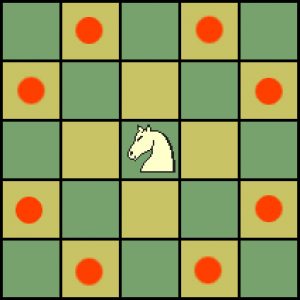Negotiating Tip #45:
Playing Chess as a Negotiator

It’s sometimes said that a good negotiator knows how to play chess rather than checkers. In its most basic sense, that means to think many moves ahead with a sophisticated strategy in the complex game of life. But here is another way to think about what characterizes chess, based on a Financial Times article unfortunately behind a paywall (David Bodanis, “A few smart moves to banish mid-career doldrums,” May 7, 2020).
Bodanis is writing about careers, but much of what he says applies to negotiations. His main theme is how to avoid “the grumbler’s tactic” in which one stays pretty much where one is but just grumbles a lot at the stagnation that seems your inevitable lot. He discourages taking “the midlife crisis gambit” in which one throws caution to the wind and leaps as far as possible into the unknown.
He says the much better path is to learn from the chessboard’s knight, who moves two squares in one direction and then shifts at a right angle to travel one more square. In other words, make a moderate shift building on what you already have and traveling only a bit away from the previous path. Do this a couple times and you can end up a long ways from where a straight line would have taken you, but you do it in partial jumps so that build on what you had before.
Like the knight, by moving sideways you can be a terrific disrupter, vaulting over seemingly impenetrable defenses and landing were least expected. Arrival from an unusual direction can give you a useful breathing space.
All the knight’s moves end up on squares of the opposite color. As a negotiator, when you land in a new domain, you can apply your existing knowledge with a fresh perspective.
And learn from the knight about safety. A knight cannot be attacked from eight nearby squares even though it can attack those itself. That gives time to reconnoiter – very useful in a business world where things can change overnight.
